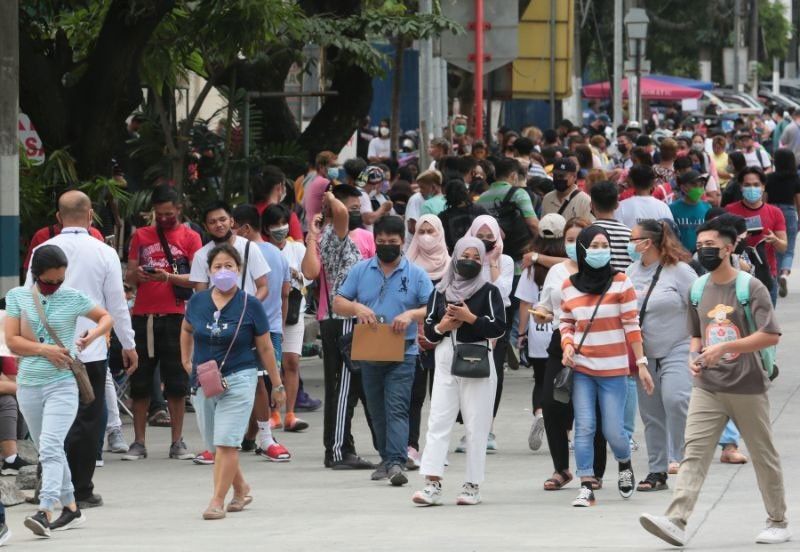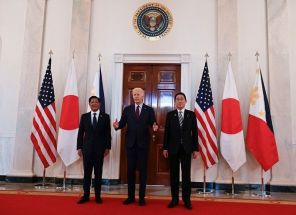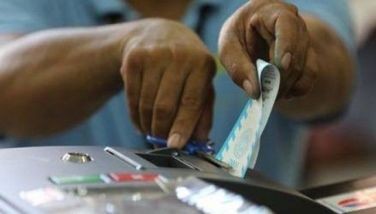51% of Pinoy adults have financial accounts

MANILA, Philippines — The Philippines has seen significant improvement in its push toward financial inclusion as 51 percent of Filipino adults now have access to financial institutions, largely accelerated due to the pandemic.
Based on the Global Findex 2021 of Washington-based World Bank, the Philippines saw a double-digit increase in account ownership, either at a bank, a mobile money provider or other financial institution, since 2017.
For 2021, 51 percent of Filipino adults have financial accounts, up 17 percentage points from the 2017 level of 34 percent. The World Bank report is done every three years with the exception of 2020 due to COVID.
The latest figure is a significant jump compared to 31 percent in 2014 or just a three-percentage point increase over the three-year period.
Broken down, 30 percent of Filipinos have bank accounts only while five percent have mobile money accounts. About 16 percent of adults have access to both.
Of this, 47 percent are women with financial accounts while poor Filipinos with accounts now cover 34 percent of the adult population.
However, 57 percent of unbanked adults in the Philippines noted that accounts are still too expensive.
Nonetheless, the World Bank explained that the pandemic has spurred financial inclusion, driving a large increase in digital payments amid the global expansion of formal financial services.
Such an expansion has created new economic opportunities, narrowing the gender gap in account ownership and building resilience at the household level to better manage financial shocks.
In fact, the World Bank said accounts enabled financial independence and strengthened economic empowerment among women.
“In the Philippines, women who used commitment savings products that encouraged regular deposits into a personal bank account increased their household decision-making power and shifted their spending to household goods relevant to their needs,” the World Bank said.
Further, the World Bank emphasized that COVID resulted in the increased use of digital payments.
In low- and middle-income economies like the Philippines, over 40 percent of adults who made merchant in-store or online payments using a card, phone or the internet did so for the first time since the start of the pandemic.
In the Philippines, 36 percent of adults bought something online, and three in four online shoppers paid only in cash for their purchase.
More than 10 percent of adults in the country also paid a utility bill from their account for the first time after the onset of the pandemic.
“The digital revolution has catalyzed increases in the access and use of financial services across the world, transforming ways in which people make and receive payments, borrow and save,” World Bank Group president David Malpass said.
“Creating an enabling policy environment, promoting the digitalization of payments and further broadening access to formal accounts and financial services among women and the poor are some of the policy priorities to mitigate the reversals in development from the ongoing overlapping crises,” he said.
- Latest
- Trending





























